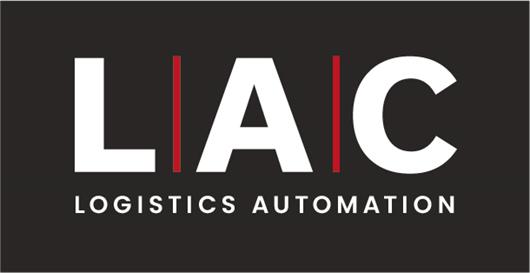 Add My Company
Add My Company
Sign In
The History Of Conveyors
30-11-2023

Most people will guess that the goods we purchase at some point have travelled along a conveyor on their journey to our doorstep, as with most technology like electricity or gas we easily just take it for granted.
Conveyor belts can be seen everywhere now, at checkout aisles, airport security checkpoints and baggage claims, treadmills at the gym and industrial facilities. But just how did this piece of technology come about?
The exact date of the very first conveyor belt/pulley system is hard to define. In the same way, its definition is just as inconclusive. However, most of us today know on a basic level that it is simply a belt that transports items from one place to another mostly on assembly lines.
1795
Stepping back in time to 1795 when conveyor belts became a popular means for conveying materials. Early designs show it was a simple system of belts made of either leather, cloth or rubber travelling over a wooden bed operated by a hand crank. Used for the most part by farmers to load grain onto ships.
1795
Stepping back in time to 1795 when conveyor belts became a popular means for conveying materials. Early designs show it was a simple system of belts made of either leather, cloth or rubber travelling over a wooden bed operated by a hand crank. Used for the most part by farmers to load grain onto ships.
1892
Inventor and manufacturer, Thomas Robins is widely credited for designing the heavy-duty conveyor belt that we recognise today. His designs were built to transport coal and ore for Thomas Edison?s Ore-Milling Company and won the grand prize at the Paris Exposition World Fair in 1900 and first prizes at the Pan-American Exposition and Saint Louis Exposition.
Based on his invention he started the Robins Conveying Belt Company and the Robins New Conveyor Company (now ThyssenKrupp Robins).
Based on his invention he started the Robins Conveying Belt Company and the Robins New Conveyor Company (now ThyssenKrupp Robins).
Based on his invention he started the Robins Conveying Belt Company and the Robins New Conveyor Company (now ThyssenKrupp Robins).
Sutcliffe recognised the need to reduce the amount of labour it takes to transport coal, an idea also recognised by Ford later with his automotive production lines.
1913
The mega milestone in 1913 was thanks to a well-known American industrialist named Henry Ford. He saw the potential of the conveyor belt. He decided to revolutionise the assembly line and now, the conveyor belt has become a major part of the industrial age. Ford took the concept of the assembly line combined with the conveyor and created his first conveyor belt-based assembly line in his car factory in Ford?s Highland Park. The efficiency of this system was a revolution by any means and no doubt became the catalyst for automotive production and mass manufacturing. So, thanks to Henry Ford, conveyor belts have become increasingly commonplace.
Henry Ford famously remarked that the use of the moving assembly line allowed for the work to be taken to workers rather than the worker moving to and around the vehicle.
1940?s
During the Second World War came the introduction of synthetic fabric conveyors. At this time there were restrictions on natural materials being used such as cotton, rubber, and canvas so alternatives were needed.
The 1950s ? Present Day
This period has seen the further development of synthetic belts with them becoming lightweight and flexible. This advancement in technology meant that smaller pulleys were needed which in turn meant the conveyors could increase their speed.
In 1957 B. F. Goodrich Company patented the half-twist Mobius Conveyor Belt. It was introduced to allow even wear of the belt itself, preventing excessive wear of one area of the belt and extending its lifetime. By 1970 Intralox developed the first plastic, modular conveyor and now in the 2020s, companies are looking to green energy and solar/wind-powered belts in the next development stage.
FUN FACT ? Bou Craa is a large Moroccan-controlled mine in Western Sahara it holds the longest conveyor belt in the world and is still in use today. It is 60 miles long, can be seen from space and can shuttle over 2,000 metric tons of rock per hour.
Thank you for reading our blog ?History of Conveyors?. At L-A-C Logistics Automation, we are leaders in designing, manufacturing, and installing bespoke conveyor systems and warehouse logistics automation. Do not hesitate to get in contact with us or call on 0115 975 3300 today!
For more information on The History Of Conveyors talk to L-A-C Logistics Automation
Enquire Now
More News
List your company on FindTheNeedle.

